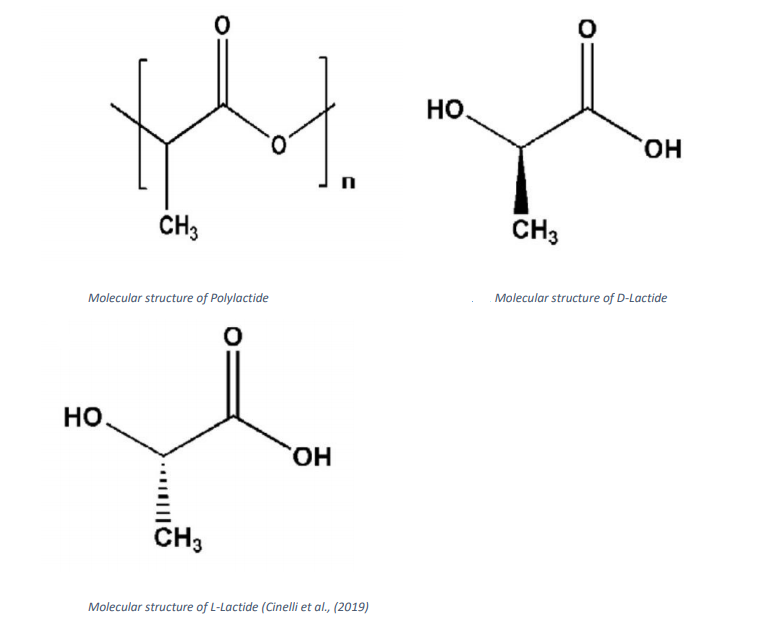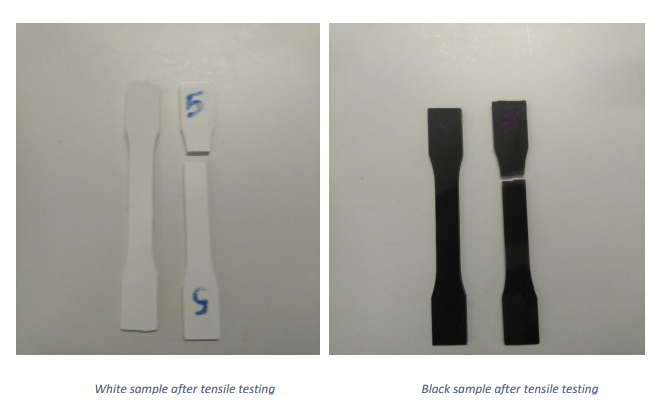Resham Tamang recently presented a thesis, ‘Materials Analysis of Recycled PLA from 3D Printing,’ to Arcada University of Applied Sciences in Helsinki, Finland. Continuing in the study of materials science as so many researchers and users are doing today in search of better performance, Tamang investigated further, delving into the use of recycled materials.
Using previously failed and discarded PLA prints, ground into pellets for recycling, Tamang also experimented with the used of additives in the recycled PLA polymer, researching changes to mechanical, structural, and rheological properties.
“Recycling of plastics means collecting of plastic wastes and reprocessing those into new and useful products. The main goal of plastic recycling is to minimize the plastic waste and plastic pollution, as well as to minimize the extensive use of virgin natural resources required to produce new products,” explains Tamang.
“There has been realization of plastic recycling as the plastic wastes are always dangerous as they end up in water bodies, oceans and landfills. And these plastics are easy to mold into different types of shapes within low budgets with the use of currently available technology. There are many processes in recycling of plastics like collecting, sorting, shredding, washing, melting and pelletizing.”
Tamang goes on to explain that polymers can be contaminated, negatively affecting material properties. Mixing polymers can create ‘unexpected behavior’ also, making it critical to perform such processes appropriately and without any contamination.
PLA has been a popular topic of study, due to its potential for use over other petroleum-based materials; for example, previous research has been performed regarding the potential for improvement in mechanical properties through blending other materials like Methyl methacrylate (MMA) and butyl acrylate (BA).
A variety of additives can be used in manufacturing, some of which offer more unique features like antimicrobials, allowing for better preservation of material as well as being useful in some medical applications too. Glass fibers have been used for increasing strength and stiffness by up to 40 percent. Researchers have also worked with other biodegradable additives, heat stabilizers, light stabilizers, and a variety of reinforcements.
PLA is often chosen (and especially over standard materials like ABS) because of benefits like:
- Affordability
- Low melting point
- Ease in use
- Lack of odor
- Lack of warping in the finished product
In this study, Tamang analyzes the changes in recycled PLA, along with testing pellets and their mechanical properties, and degradation of samples.
Materials used for this study were from the Arcada chemistry lab and Arcada production lab:
- Single Screw Extruder (Eco Ex model extruder made by KFM)
- Rapid Granulator series 15
- Pelletizer (KFM)
- Melt Flow Indexer (Noselab ATS SM)
- AVR3 G Drying machine (Labotek)
- Testometric M350-5CT
- DSC 4000 (PerkinElmer)
- Spectrophotometer V-670 (Jasco)
Recycled PLA parts, collected over two years, were separated into their three-color groups of white, black, and red, measured, and weighed. All parts were then shredded for use in the study, with all samples tested in an identical manner.
Stress-strain testing showed that there were differences between the black and red samples. The white and black PLA samples were noted as ‘not good in bearing stress level,’ in comparison to pure PLA. Thermal behavior was slightly altered also, in conjunction with decrease of glass transition, crystallinity, and the melting point.
“These results clearly support that samples from failed 3D parts were degraded mechanically, thermally and chemically and after a certain period of time,” stated the researchers.
“The white samples had the lowest melt flow value and these samples performance on tensile testing were lowest value. The other tests performed on samples also show similar results, the mechanical properties of white samples were poor. FTIR and DSC also show the degradation of these samples.”
As materials science and comparison of standard filaments like PLA continues to be a source of ongoing interest, researchers have studied the use of composites, influences of infill pattern and layer thickness on PLA, the potential for printing medical devices like splints, and much more.
What do you think of this news? Let us know your thoughts! Join the discussion of this and other 3D printing topics at 3DPrintBoard.com.
[Source / Images: ‘Materials Analysis of Recycled PLA from 3D Printing’]Subscribe to Our Email Newsletter
Stay up-to-date on all the latest news from the 3D printing industry and receive information and offers from third party vendors.
You May Also Like
Profiling a Construction 3D Printing Pioneer: US Army Corps of Engineers’ Megan Kreiger
The world of construction 3D printing is still so new that the true experts can probably be counted on two hands. Among them is Megan Kreiger, Portfolio Manager of Additive...
US Army Corps of Engineers Taps Lincoln Electric & Eaton for Largest 3D Printed US Civil Works Part
The Soo Locks sit on the US-Canadian border, enabling maritime travel between Lake Superior and Lake Huron, from which ships can reach the rest of the Great Lakes. Crafts carrying...
Construction 3D Printing CEO Reflects on Being Female in Construction
Natalie Wadley, CEO of ChangeMaker3D, could hear the words of her daughter sitting next to her resounding in her head. “Mum, MUM, you’ve won!” Wadley had just won the prestigious...
1Print to Commercialize 3D Printed Coastal Resilience Solutions
1Print, a company that specializes in deploying additive construction (AC) for infrastructure projects, has entered an agreement with the University of Miami (UM) to accelerate commercialization of the SEAHIVE shoreline...



































